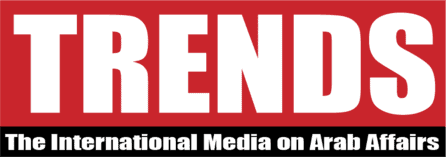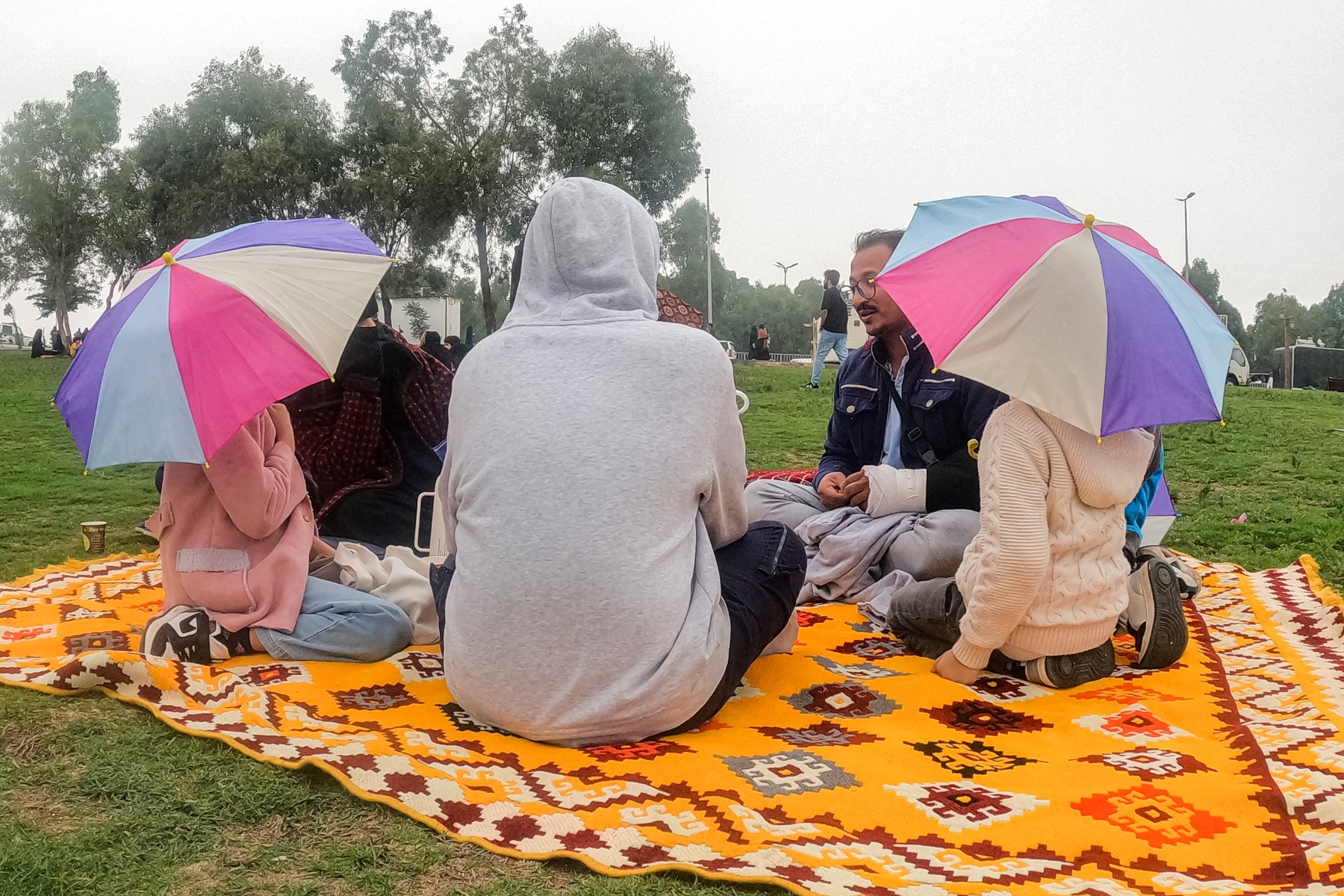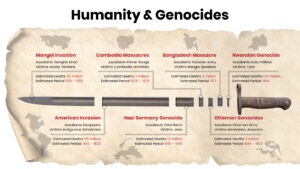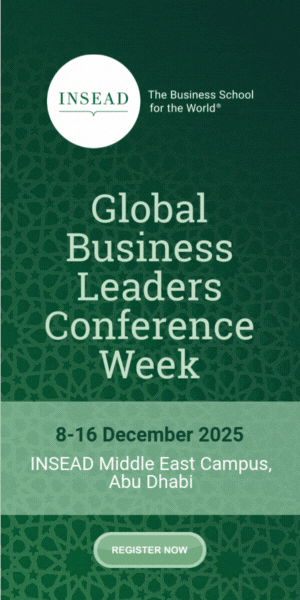As tourism rebounds and transforms across the Middle East and Africa, travel brands are under growing pressure to reach the right audience, at the right time, in the right way. The rise of digitally savvy, mobile-first travelers has created new opportunities for smarter, more data-driven advertising. Dubai alone welcomed 18.72 million international overnight visitors in 2024, with the UAE tourism sector contributing AED 236 billion or 12 percent of the country’s GDP to the national economy. With trends toward longer stays and deeper regional exploration, the race to capture high-intent travelers has never been more competitive.
Now, the UAE has emerged as a top trending destination globally over the past year for GCC residents and emerging markets. Travel brands must go beyond traditional seasonal campaigns to deliver personalized, timely engagement that maps the entire customer journey. Today’s travelers expect seamless, relevant experiences that match their intent and behavior.
Understanding the High-Intent Traveler
A high-intent traveler is more than just a prospective tourist. They are actively planning their next trip, browsing reviews, checking weather updates, and comparing flight or hotel prices. These travelers demonstrate key behavioral signals—such as frequent travel-related search activity, app usage, prior bookings, and engagement with content like travel blogs or vlogs—that suggest they are ready to book.
In the GCC, we see distinct patterns: Solo travel is rising, particularly among younger demographics; seasonality plays a major role around Eid and winter holidays; and domestic travel continues to grow in both Saudi Arabia and the UAE. Yango Ads reports that summer is the most popular travel season from emerging markets, with spring and autumn close behind.
Recognizing these markers allows marketers to tailor their content and campaigns more effectively, whether it’s through inspirational travel guides or last-minute booking prompts. Industry players should plan campaigns two to three months ahead for visibility and impact.
Pinpointing the Right Moments
Targeting should not be a one-time activity. To capture high-intent travelers effectively, brands need to connect across all three phases of the travel journey:
Pre-Trip: This is when travelers are researching, dreaming, and planning. Leveraging search engine data and keyword signals (e.g., during Dubai Shopping Festival, keywords would be “hotels near Dubai Mall”), marketers can identify and serve ads to users with strong purchase intent. A well-timed video ad on a travel site, or a personalized banner on a travel planning app, can nudge them toward action.
In-Trip: Real-time engagement is especially powerful during travel. With geo-targeting and app-based notifications, brands can serve dynamic content, such as restaurant deals, local experiences, or ride discounts, at moments of high receptivity. As Mastercard‘s research shows, travelers are increasingly extending their stays across the Middle East and Africa, giving brands a longer window to engage.
Post-Trip: Engagement shouldn’t end once the traveler returns. Retargeting for feedback, offering loyalty perks, or promoting new destinations maintains the relationship and plants the seed for future trips. An always-on marketing strategy is key here, allowing brands to stay visible throughout the year and reach consumers at different planning stages.
Tools and Channels for Effective Targeting
Research shows that nearly 90 percent of consumers prefer personalized ads, and 87 percent are more likely to engage with ads aligned to their interests. Modern ad strategies rely on data and automation to meet users where they are. Five core tools brands can use are:
Search + Social Media Signals: High-intent keywords with transactional intent (“book”, “reserve”, “buy”) are strong indicators of readiness to convert. Tapping into trending searches and hashtags around upcoming events (e.g., Dubai Shopping Festival) can increase visibility.
Super Apps: Platforms that combine ride-hailing, food delivery, travel content, and payments offer a unified environment for ad placements. These integrated ecosystems are ideal for targeting users in context, whether they’re commuting, dining, or exploring a city.
Programmatic Advertising: Using dynamic creative optimization and contextual targeting, brands can automatically serve the most relevant ad formats based on user behavior, preferences, and environmental factors. This enhances personalization and improves return on ad spend.
First-Party Data: Logged-in user data allows for more accurate segmentation, ensuring that ads are shown to users with the highest conversion potential. For example, a user who previously booked an intercity ride may be a strong candidate for weekend getaway promotions.
Location-Based Targeting: Through geo-fencing and push notifications, marketers can engage travelers based on their current location. A resort ad shown within a 5km radius of a major tourist attraction can drive immediate interest and footfall.
Retargeting and Re-Engagement Strategies
Retargeting remains one of the most effective tools for converting travel interest into action. Nearly 92 percent of marketers say retargeting outperforms other ad formats, and 70 percent of consumers are more likely to convert after exposure to retargeting ads.
Using travel intent signals, such as viewed destinations or abandoned booking carts, brands can build tailored remarketing lists. AI-driven personalization helps craft dynamic offers based on users’ past behavior, boosting engagement by up to 40 percent.
For example, Yango Ads provides an AdTech solutions ecosystem that supports retargeting across mobile, web, and app environments. It enables integration with online travel agencies and platforms, allowing seamless re-engagement at multiple touchpoints. Performance-based campaigns, supported by detailed analytics, ensure that marketing dollars are spent where they matter most.
Build lasting traveler relationships
In a region defined by rapid digital adoption and evolving traveler expectations, the brands that thrive will be those that treat marketing as a journey, not a destination. Targeting high-intent travelers is no longer about one-off bookings or flash sales—it’s about long-term relationships, built through continuous, relevant engagement.
By leveraging smart data, omnichannel platforms, and the right moment-driven strategies, travel brands can meet users where they are—before, during, and after their journeys. The future belongs to brands that move in sync with the traveler.








